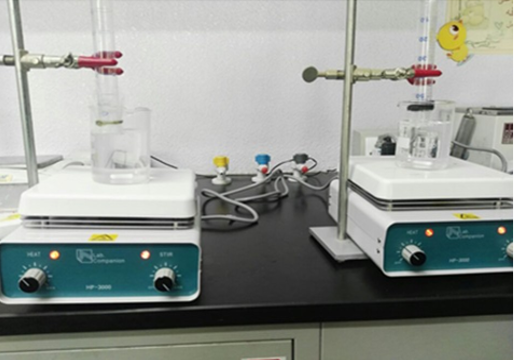Abstract
Diclofenac sodium is an effective NSAID used in the long treatment of acute and chronic arthritic conditions and ankylosing spondylitis. Diclofenac sodium when administered orally produces severe gastrointestinal bleeding, ulceration and perforation of the stomach or the intestines which could be fatal especially on long-term use. Diclofenac sodium gel was prepared using Carbopol P934, and Hydroxypropyl methylcellulose (K4M) as gelling agents and physicochemical characterization such as homogeneity, pH evaluation, spreadability, drug content and in vitro drug diffusion were evaluated. The prepared gel was compared with marketed gel, i.e. Rofenac gel, and similarity factor (F2) was determined. The diclofenac sodium gel 1% using Carbopol P 934 was found to be optimum with appearance, pH, consistency and spreadability. Thus, this was chosen for the comparative evaluation with Rofenac gel. The drug content of the gel was found to be 97.54% ± 0.41% when compared to 96.83% ± 0.73% of Rofenac gel. Skin irritation studies revealed that there was no sign of erythema or edema for both prepared gel containing drug and placebo gel. In vitro drug diffusion was found to be 99.25% ± 0.12% in an hour when compared to 98.09 % ± 0.12% of marketed gel. The similarity factor (F2) was found to be 93.50 proving prepared gel is pharmaceutically equivalent with marketed gel. The flux (J) of the optimum gel was found to be 52.55 µg/cm2/min with the permeability coefficient of 5.255 (cm/min) 10-3.
Full text article
Authors

This work is licensed under a Creative Commons Attribution-NonCommercial-NoDerivatives 4.0 International License.

